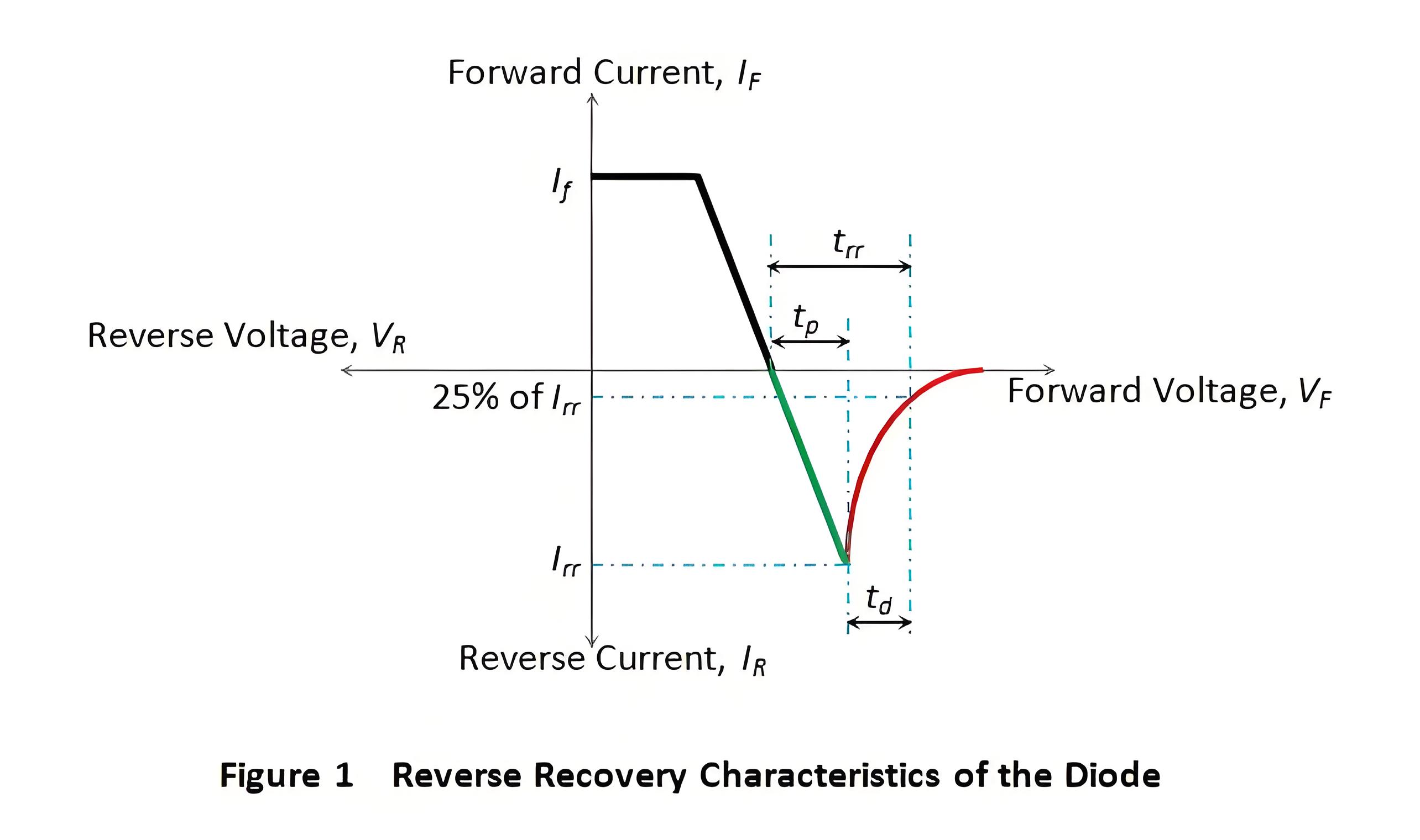Reverse Recovery Time of Diode
Reverse Recovery Time Definition
Reverse recovery time is defined as the period during which a diode continues to conduct in reverse after the bias is switched from forward to reverse.

Understanding Reverse Current
During the reverse recovery time, a large reverse current flows through the diode, which eventually decreases to a stable reverse saturation current.
Softness Factor Explained
The softness factor, a crucial metric in diode performance, compares the time the current takes to reach its peak to the time it decays, affecting the diode’s efficiency.
Reverse Recovery Characteristics of Power Diode
The characteristics such as doping level, silicon geometry, and junction temperature directly influence the diode’s reverse recovery time.
Design Implications
Designing power supplies must consider the reverse recovery time to optimize diode performance and minimize power losses.
The Electricity Encyclopedia is dedicated to accelerating the dissemination and application of electricity knowledge and adding impetus to the development and innovation of the electricity industry.













